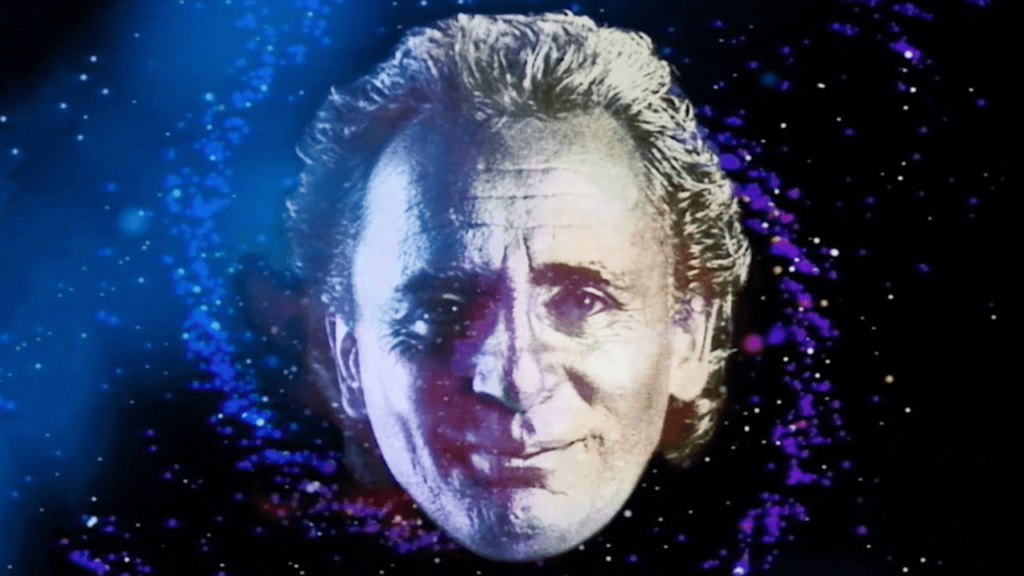Monsters that you can’t see
When I was growing up in the late 1980s, one of the more grown-up TV programmes I first loved was Doctor Who on the BBC.
I started watching it in the series just before its cancellation in 1989 (it ended when I was 10 years old). My love of Doctor Who was also born out of a link to where I grew up in North London. The final series featured scenes shot near my primary school in Perivale and around an area called Horsenden Hill in Ealing. I remember people coming into school with stories of seeing the BBC film crews around and even meeting some of the cast on location – including the seventh Doctor Sylvester McCoy, and the Doctor’s then companion in the series, Ace – played by actor Sophie Aldred.

This was all before a long hiatus until the show returned in 2005 when Russell T. Davis first took over production and writing. It’s incredible to think Doctor Who has now been back on our screens for over 20 years, and it’s been lovely to watch my children grow up and discover it at different points over the past decade, all with their own affinities to different Doctors during that time.
I have opinions about the modern series, but it’s better to see it through the eyes of this new younger audience, even if – at least in my opinion – it has tried too hard to emulate Marvel and Disney.
What I’ll explore further here is that Doctor Who is (and was) at its best when it works on a much smaller budget. When it relies more heavily on the viewer’s imagination.
What’s in our heads?
Going back to TV in the 1980s, when you have cheap sets and plastic-looking monsters, things are only scary when you attach the right story to them. The narrative and the editing shape this, but it’s ultimately how our imaginations attach themselves to other people’s ideas and narratives. This isn’t just the case with television or films. It’s even more so with the books we read. They come to life through the world that each reader creates for them.
Watching Doctor Who, it was always the imagined monsters that I found most terrifying as a child. Everything that I didn’t see on screen. And where my imagination went while hiding behind the sofa. Once the monsters were revealed their impact was often diminished.
It really is all in our heads and determined by the stories we tell ourselves.
To stretch this analogy, in day-to-day situations, the ability we have to make progress can be determined by the stories we tell ourselves and what we hold as true. By learning to attach new stories to our fears we can even diminish their power.
This example is about a love of Doctor Who, but it’s also about understanding the power of stories. What we see and the power of what we don’t.
This is my blog where I’ve been writing for 20 years. You can follow all of my posts by subscribing to this RSS feed. You can also find me on Bluesky and LinkedIn.